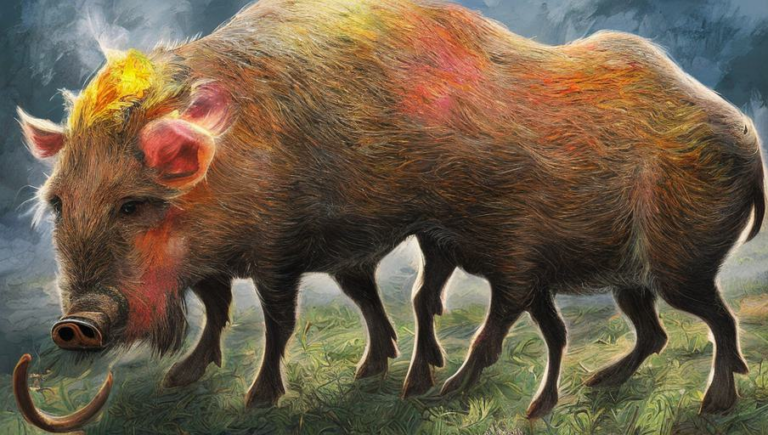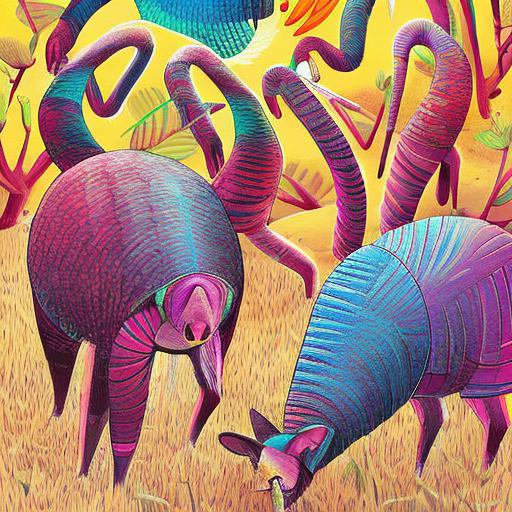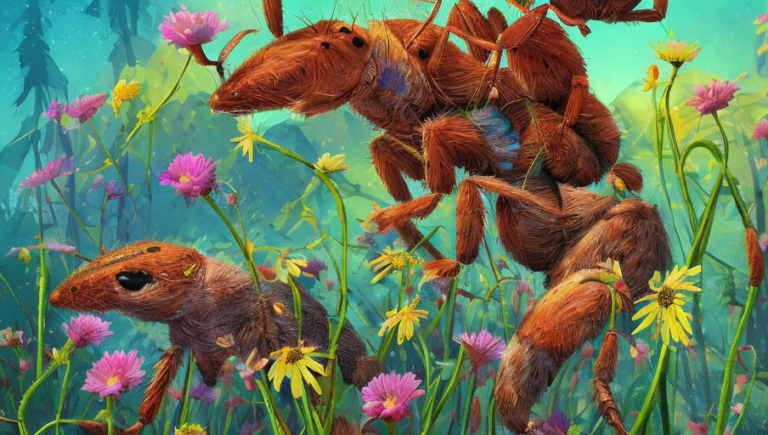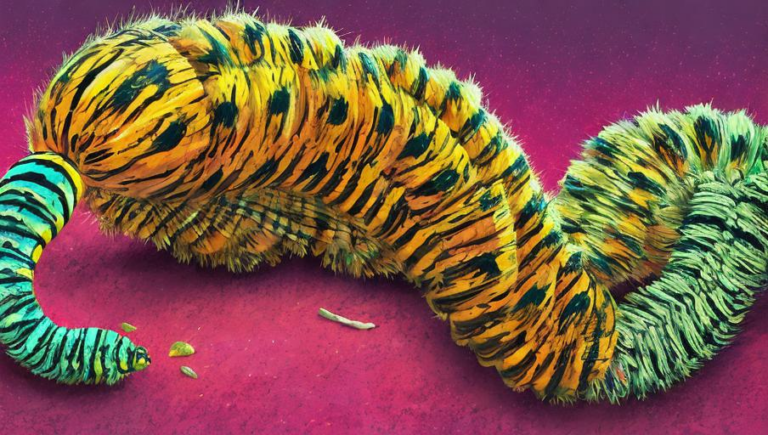Life Cycle of Ants: How the Insects Grow and Reproduce
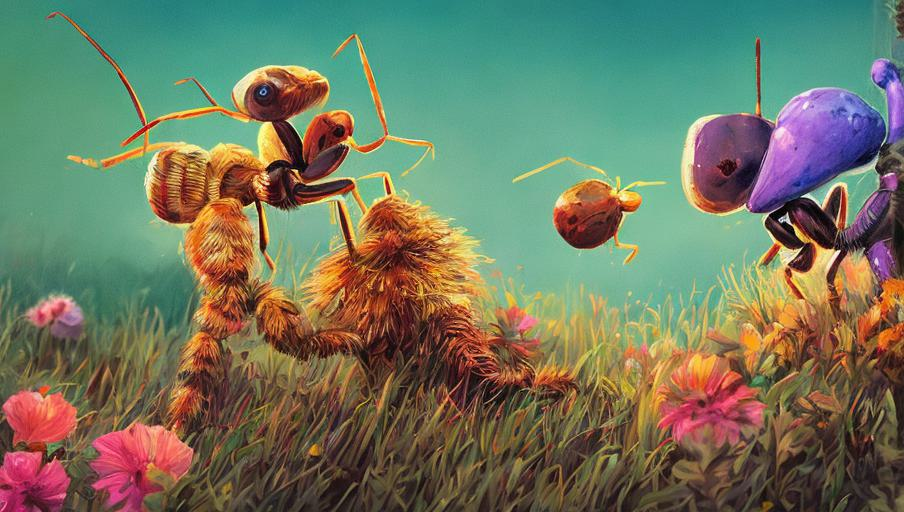
Introduction
Ants are one of the most common insects found in the world, and they’re fascinating creatures. They can be found in almost all habitats, from forests to deserts and even urban areas. Despite their small size, ants can form complex social communities and are incredibly resilient. But how do they actually grow and reproduce? Here’s a look at the life cycle of ants.
Egg Stage
Ants begin life as an egg, which is laid by a queen ant. A single queen can lay up to thousands of eggs, which are typically white or yellowish in color. The eggs are small, about the size of a pinhead, and are laid in nests or colonies. Once the eggs are laid, they are tended to by worker ants and are kept at a constant temperature, which helps them develop and hatch.
Larvae Stage
Once the eggs hatch, they enter the larvae stage. During this stage, the larvae are fed by worker ants and are kept in the nest. During this period, the larvae molt several times, which helps them grow. After a few weeks, the larvae enter the pupa stage.
Pupa Stage
During the pupa stage, the larvae form a protective cocoon around themselves. This helps them develop into adult ants. This process can take anywhere from a few days to several weeks, depending on the species of ant. Once the pupa has developed into an adult, it will emerge from the cocoon.
Adult Stage
Once the adult ant has emerged from the cocoon, it is ready to take on its role in the colony. Ants typically live for up to a few years, depending on the species. Workers ants typically have the shortest lifespan, while queens can live up to several years.
Reproduction
Ants reproduce by a process called parthenogenesis, which is a form of asexual reproduction. This means that only one parent is needed in order to reproduce. During this process, the queen ant will lay eggs that will hatch into larvae. These larvae will then develop into adult ants. The ant colony will then continue to reproduce in this way, with the queen laying more eggs that will hatch into larvae and eventually adult ants.
Conclusion
Ants are incredible creatures that live in colonies and form complex social structures. While they may be small in size, ants can live for up to several years and reproduce asexually. Understanding the life cycle of ants can help us better appreciate the complexity of the species and the important role they play in our world.

